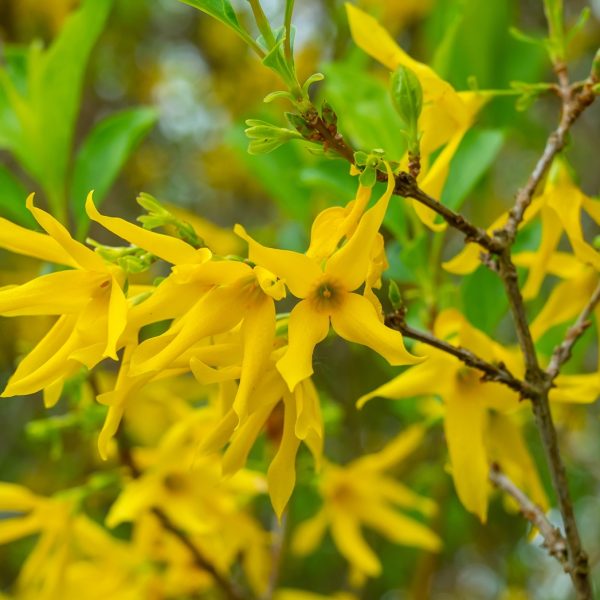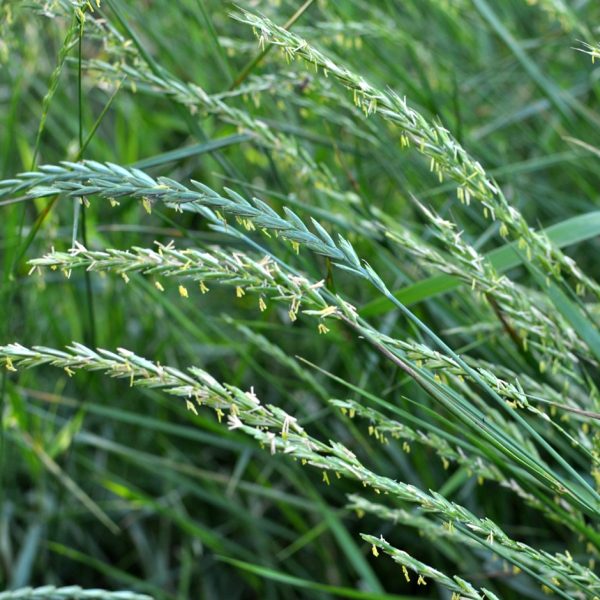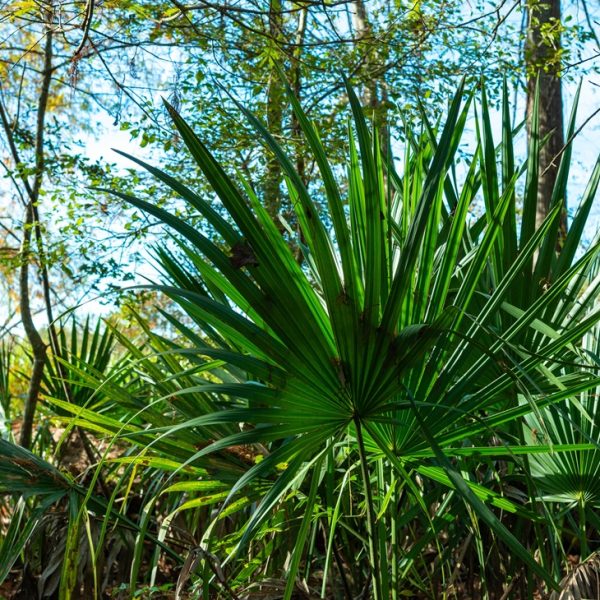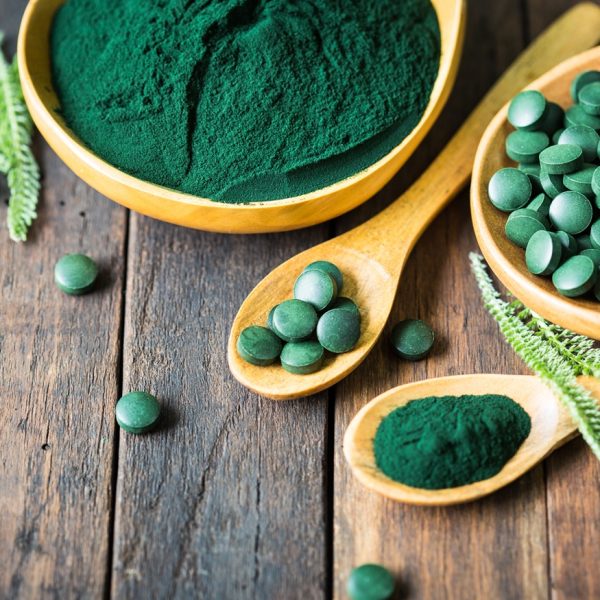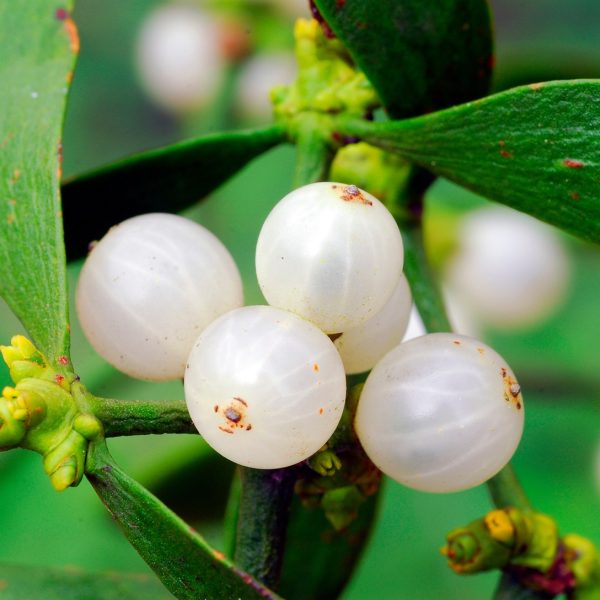Viv Rolfe summarises a study investigating the Chinese raisin tree administered in combination with kudzu root to explore how it affects hangover symptoms and alcohol metabolism.
In this article, we summarise the study Clinical Evaluation of Hovenia dulcis Extract Combinations for Effective Hangover Relief in Humans (1).
Plant names and species
- Chinese raisin tree (Hovenia dulcis)
- Kudzu root (Pueraria lobata)
- A glutathione yeast extract
Aim of study
To examine the effects of Chinese raisin tree (Hovenia dulcis) in combination with kudzu (Pueraria lobata) or a yeast extract on hangover symptoms in healthy participants. Blood alcohol levels and acetaldehyde were monitored as they are linked to symptom severity.
Study method
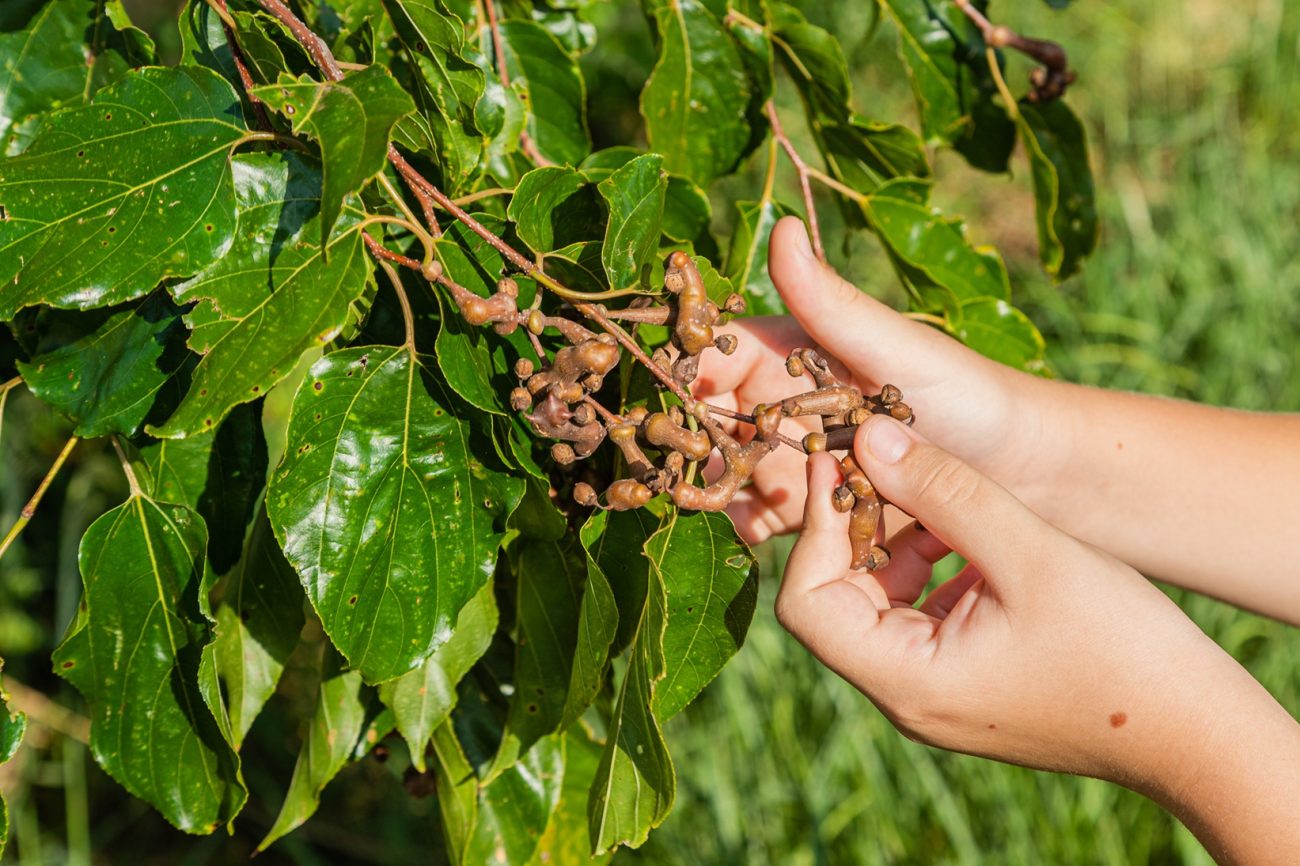
The trial was a randomized, double-blind, parallel-group and placebo-controlled design. Participants attended the laboratory for the first visit and were randomised to the following beverages: A placebo, Hovenia dulcis with Pueraria lobata (HDPB) or Hovenia dulcis with glutathione yeast extract (HDGB). The participants and researchers were both blinded.
There were four lab visits in total. Participants abstained from alcohol 24 hours before the visits and received the different beverages with a seven-day washout between visits. For each visit:
- Participants received an identical meal
- Participants received their placebo or herbal beverage two hours later
- After 30 minutes, they consumed a 40% proof whiskey (0.9 g/kg body weight) as two drinks over 30 minutes
- They abstained from further food for the rest of the day
- The following morning upon waking they completed a hangover symptom questionnaire.
The following were outcome measures:
- Adverse events were recorded.
- Acute hangover scale (AHS): Nine items relating to symptoms which were scored for severity on a scale of 0 (none) to 7 (incapacitating)
- Blood alcohol and acetaldehyde was analysed by gas chromatography–mass spectrometry (GC-MS) at regular intervals (up to 15 hours following alcohol intake)
- Physiological tests (safety assessment) included blood pressure, temperature, pulse, clinical blood tests
- Alcohol dehydrogenase (ADH) and aldehyde dehydrogenase (ALDH) enzymes
Herbal preparation
Three 500 ml bottles of drink were prepared:
- H. dulcis fruit extract 0.731% (v/v) with P. lobata 0.1% (v/v) (HDPB)
- H. dulcis fruit extract 0.731% (v/v) with glutathione yeast extract 0.02% (w/v) GY) (HDGB)
- Placebo of 0.021% (w/v) caramel pigment powder and 0.11% (w/v) flavours.
There were other minor ingredients in the beverages and all were similar in appearance, taste, colour and packaging.
Sample size
N=30 participants were recruited and were healthy males and females aged 19–40 years with a body mass index ranging from 18.5 to 25 kg/m2. They were screened at the first visit to exclude a range of medical conditions, to be screened for pregnancy, and for inclusion they had to indicate that they had a history of experiencing hangover symptoms like headache, nausea and fatigue.
Results of study
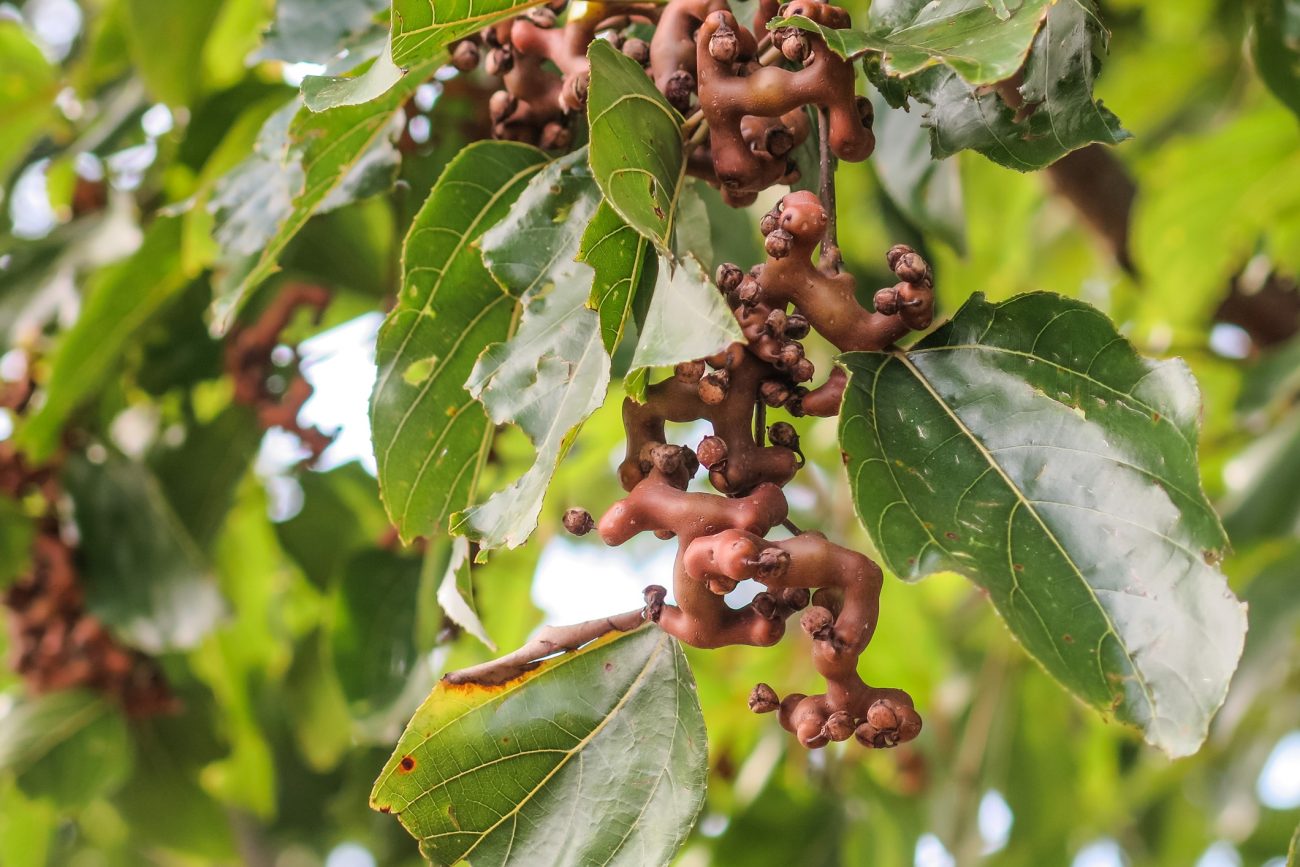
Of the n=30 participants enrolled, n=25 completed the study. There were 14 males and 11 females and no differences in baseline characteristics such as age.
For hangover symptoms, there was a statistically significant reduction in the hangover scale (AHS) for the gastrointestinal score 15 h after drinking alcohol in the HDPB group versus the placebo, but not between the HDGB group and placebo group.
There was no statistical significance in any of the other reported hangover symptoms like thirst, fatigue etc.; although, for the HDPB group, the scores were consistently lower than the placebo group.
For blood alcohol levels, in the HDPB group the area under the curve was larger than in the placebo group suggesting that there was a larger volume of alcohol in the participants’ blood stream over the 15-hour study. The figure showing alcohol levels over time (Figure 3) is interpreted as suggesting that the % blood alcohol levels were lower up to half an hour following the drink for both herbal groups compared to placebo, and that the herbs were potentially slowing alcohol absorption. By six hours, the dynamics had changed.
The levels of blood acetaldehyde at six hours were significantly higher for the herbal beverage groups compared to the placebo suggesting that alcohol metabolism was increased in these groups.
As a safety assessment, there were no significant differences in blood pressure or other physiological measures before and after the study or between groups. Similarly, there were no significant differences in the clinical blood measurements inferring that the herbal beverages were safe.
Discussion
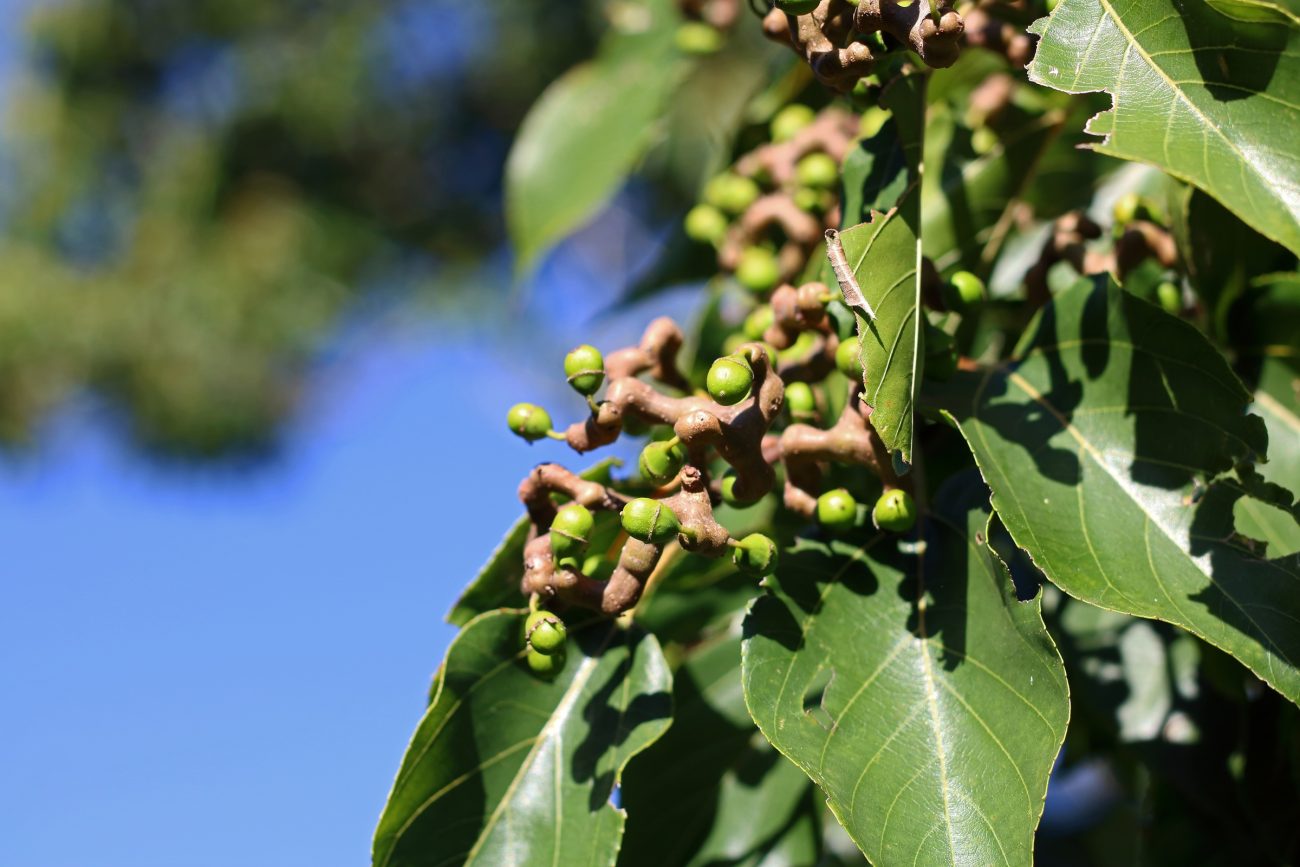
Overall, the herbal beverage containing Chinese raisin tree (H. dulcis) fruit extract and kudzu (P. lobata) (HDPB) significantly reduced participant gastrointestinal symptoms compared to placebo, and tended to reduce other hangover symptoms but these did not reach statistical significance.
By monitoring blood alcohol and metabolites the herbal beverage HDPB may slow alcohol absorption in the first few hours which is important as it allows the body to process the beverage and the individual may potentially feel less drunk. At six hours, there were significantly higher levels of blood acetaldehyde in the group consuming HDPB suggesting that the herbs may also increase also increase alcohol metabolism.
The herbal beverages were deemed safe to consume, as there were no adverse physiological or biochemical test data following consumption.
The key question is why did the Chinese raisin tree fruit extract and kudzu (HDPB) not ease the hangover symptoms and blood parameters more dramatically? It could be that the level of alcohol tested (two whisky drinks) was not enough to cause a severe hangover and therefore did not reveal a clearer relationship between symptoms and blood alcohol or acetaldehyde levels. The meal may also have buffered some of the effects of alcohol consumption. Although the physiological characteristics of the groups like body weight and body mass index were similar, there may have been other individual differences in liver enzymes that altered their ability to metabolise alcohol.
In an earlier study with the same research group, individuals who consumed around 2.4 g of Chinese raisin tree fruit extract with a shot of alcohol also saw reduced hangover symptoms over time and decreased levels of inflammatory mediators interleukin 6 and 10 (2). In the present study using 0.731% herbal extract within a 500 ml drink equates to around 3.6 g so should have been sufficient to see changes.
As the main ingredient, the chemical composition of Chinese raisin tree includes genistein and kaempferol, both flavonoids with anti-inflammatory effects. Kudzu root is also used to treat alcohol-related conditions. These herbs, therefore, show potential to relieve the effects of alcohol.
Conclusion
To conclude, a H. dulcis fruit extract beverage significantly improved gastrointestinal symptoms associated with hangover and was safe. More research is needed to investigate the herb individually and using a refined protocol to determine its effects on the symptoms and blood biochemistry following alcohol consumption. More importantly, studies could also look at herbs for alcohol de-addiction as well as treating the symptoms that its consumption elicits.
References
- Lee KW, Xu G, Paik DH, Shim YY, Reaney MJT, Park I, Lee SH, Park JY, Park E, Lee SB, Kim IA, Hong JY, Kim YJ. Clinical Evaluation of Hovenia dulcis Extract Combinations for Effective Hangover Relief in Humans. Foods. 2024 Dec 12;13(24):4021. https://doi.org/10.3390/foods13244021
- Kim H, Kim YJ, Jeong HY, Kim JY, Choi EK, Chae SW, Kwon O. A standardized extract of the fruit of Hovenia dulcis alleviated alcohol-induced hangover in healthy subjects with heterozygous ALDH2: A randomized, controlled, crossover trial. J Ethnopharmacol. 2017 Sep 14;209:167-174. https://doi.org/10.1016/j.jep.2017.07.028

